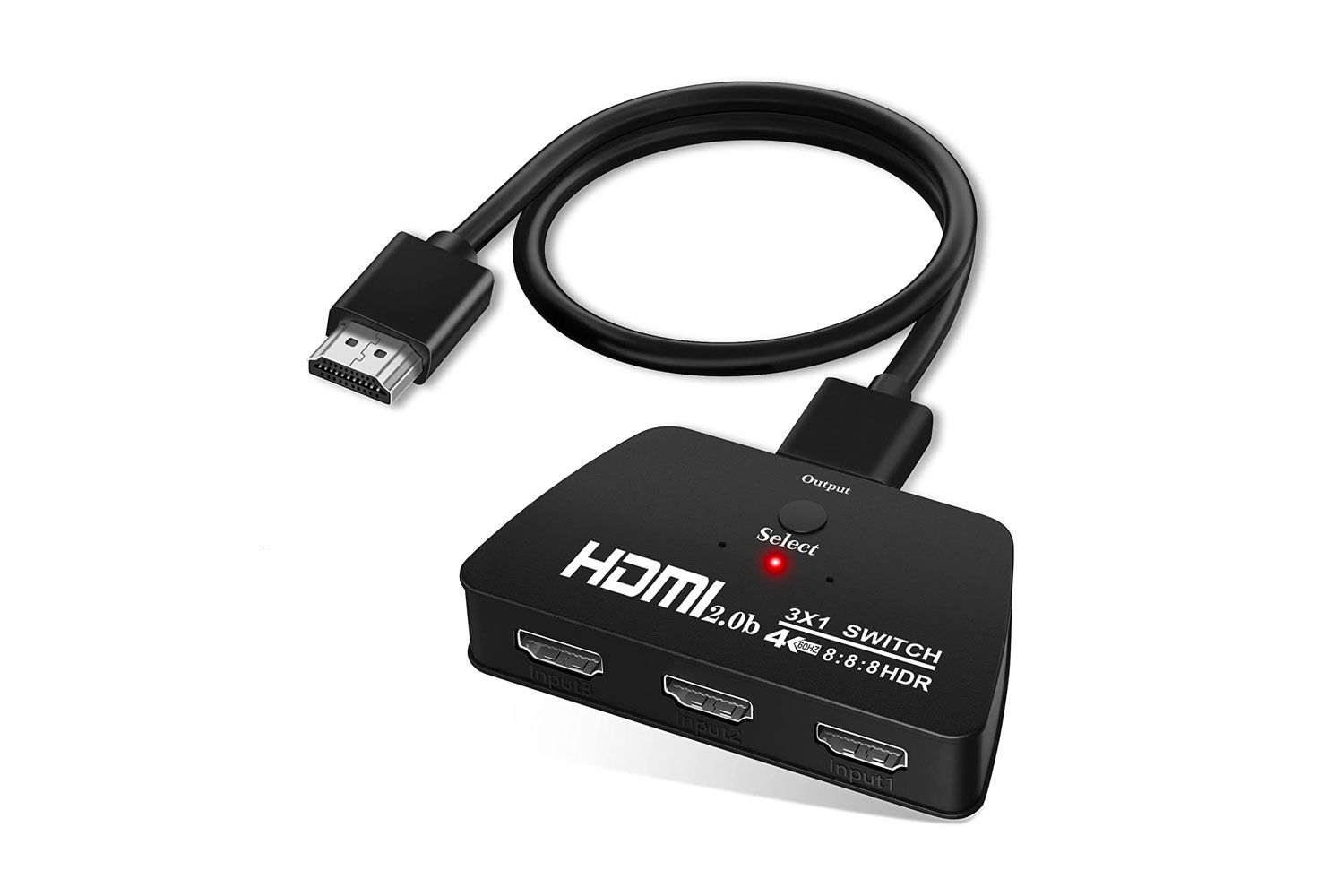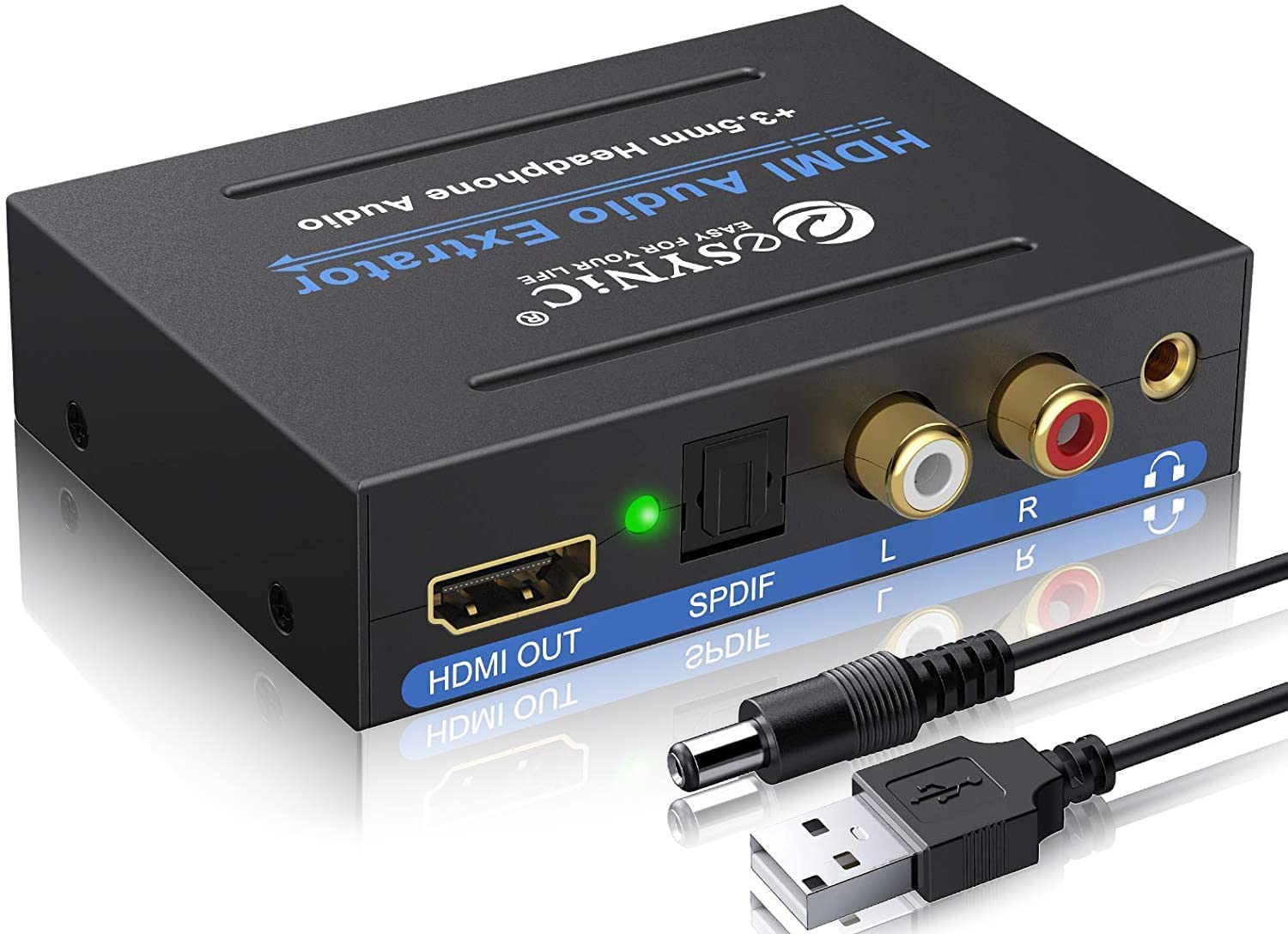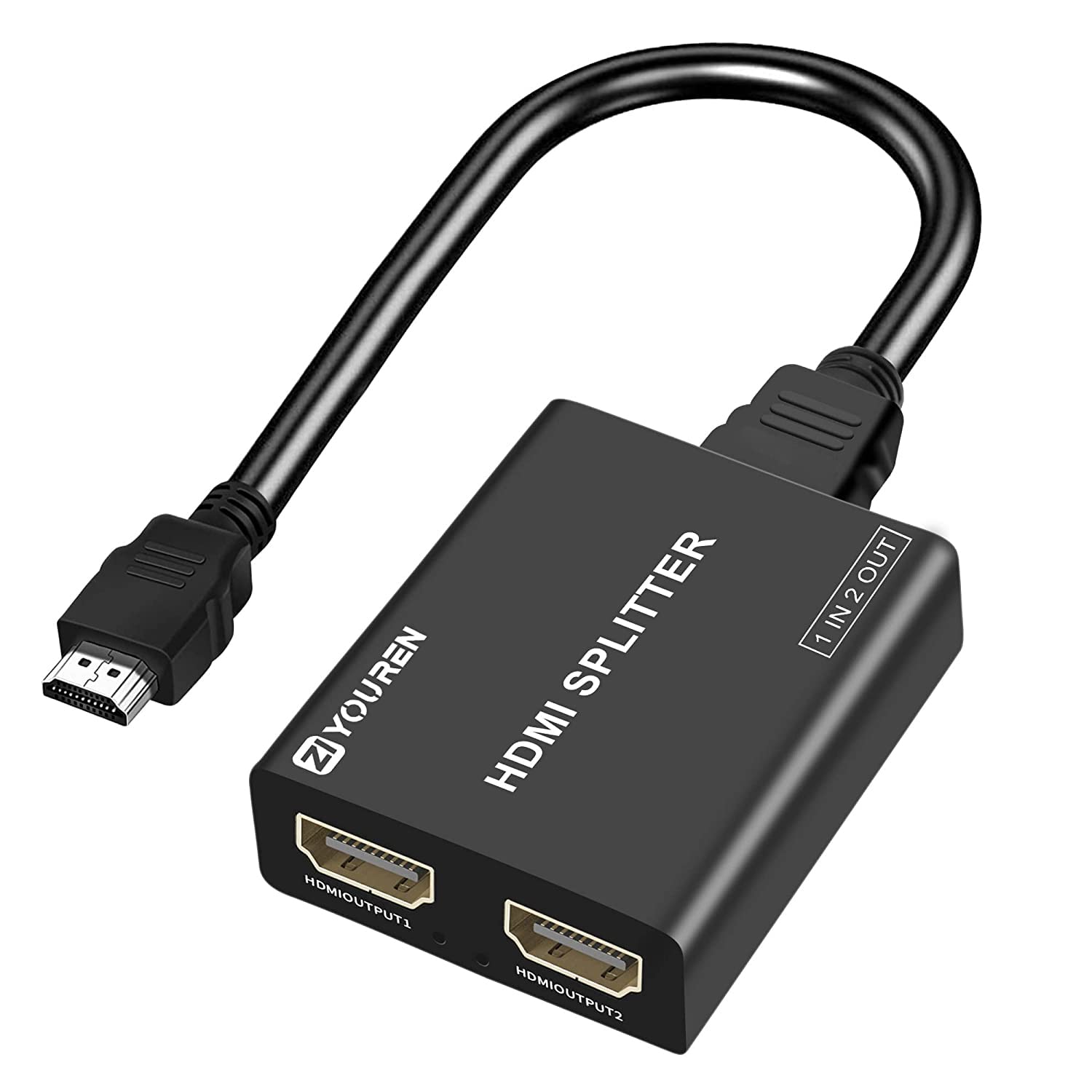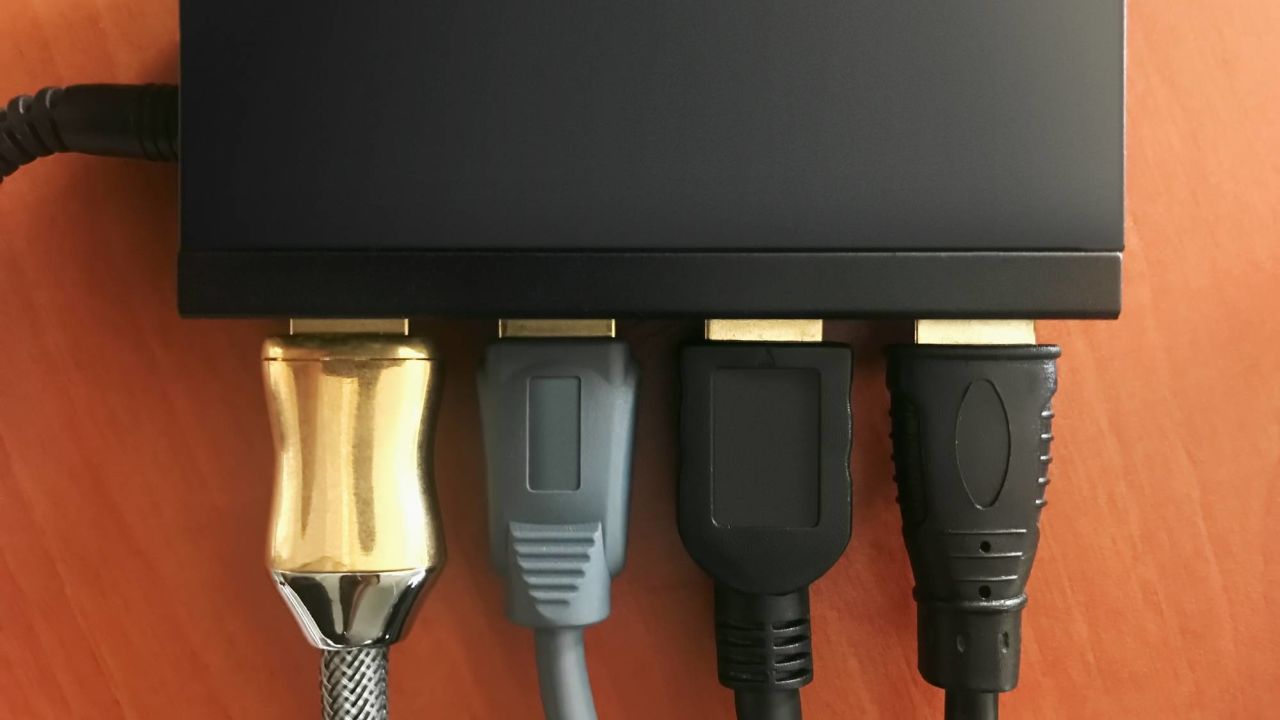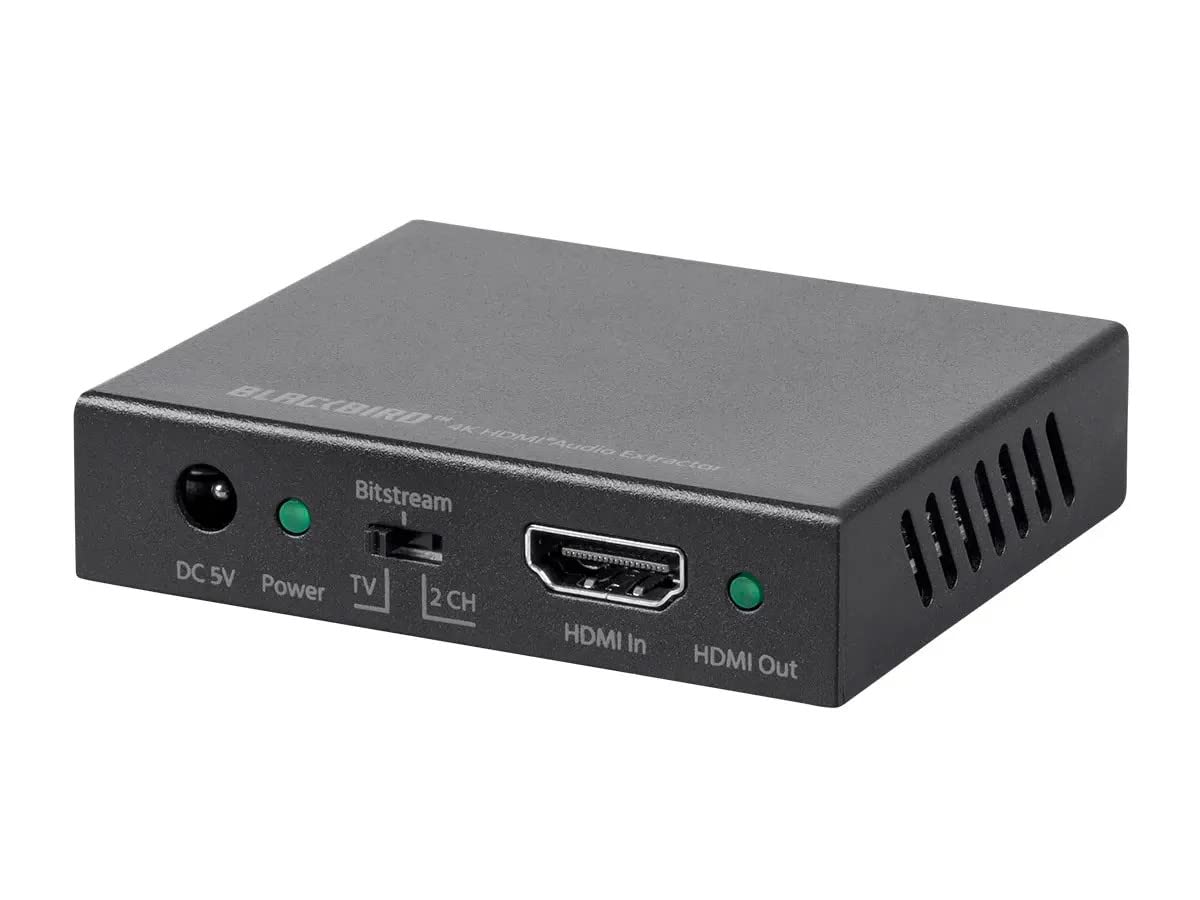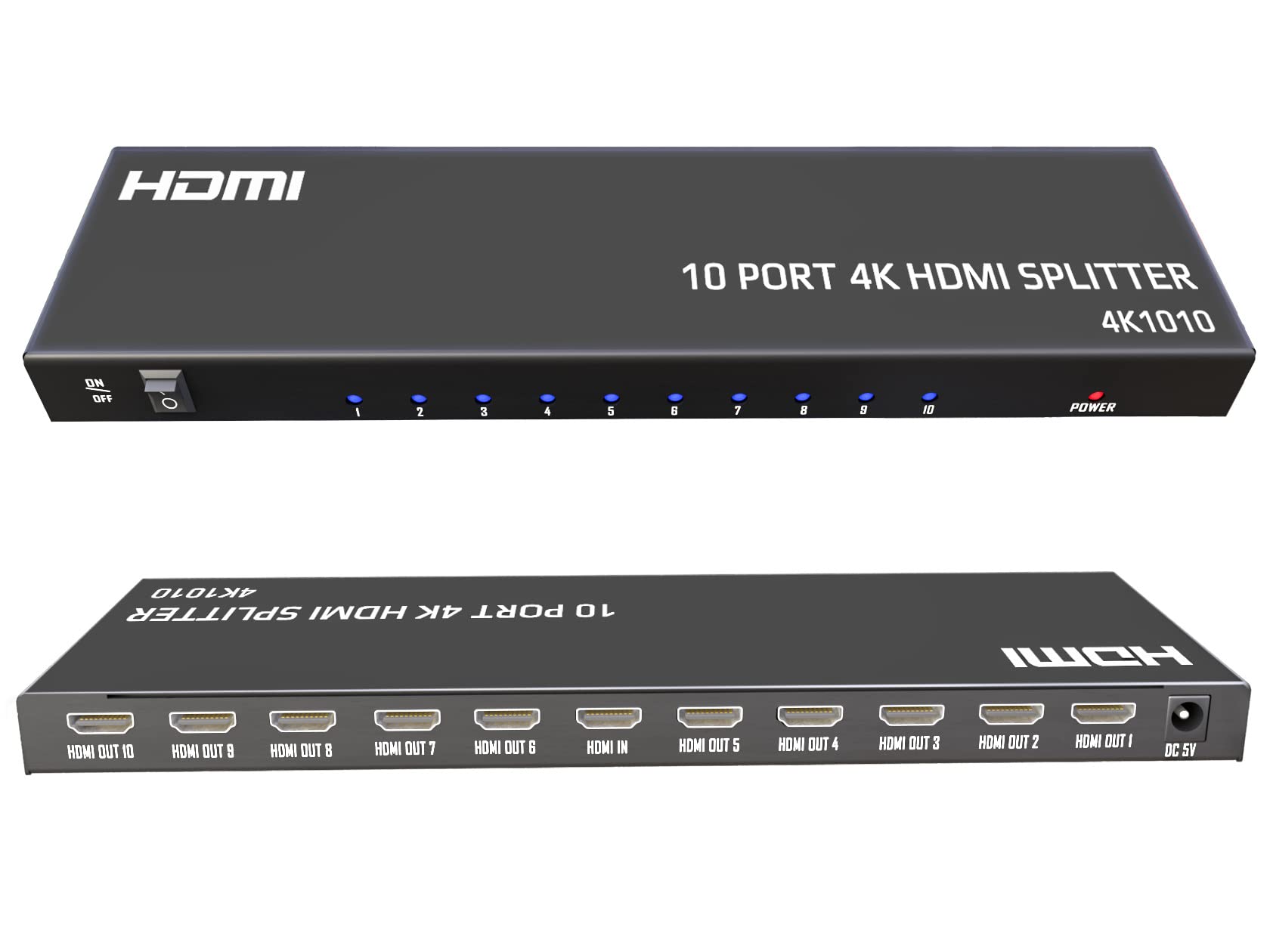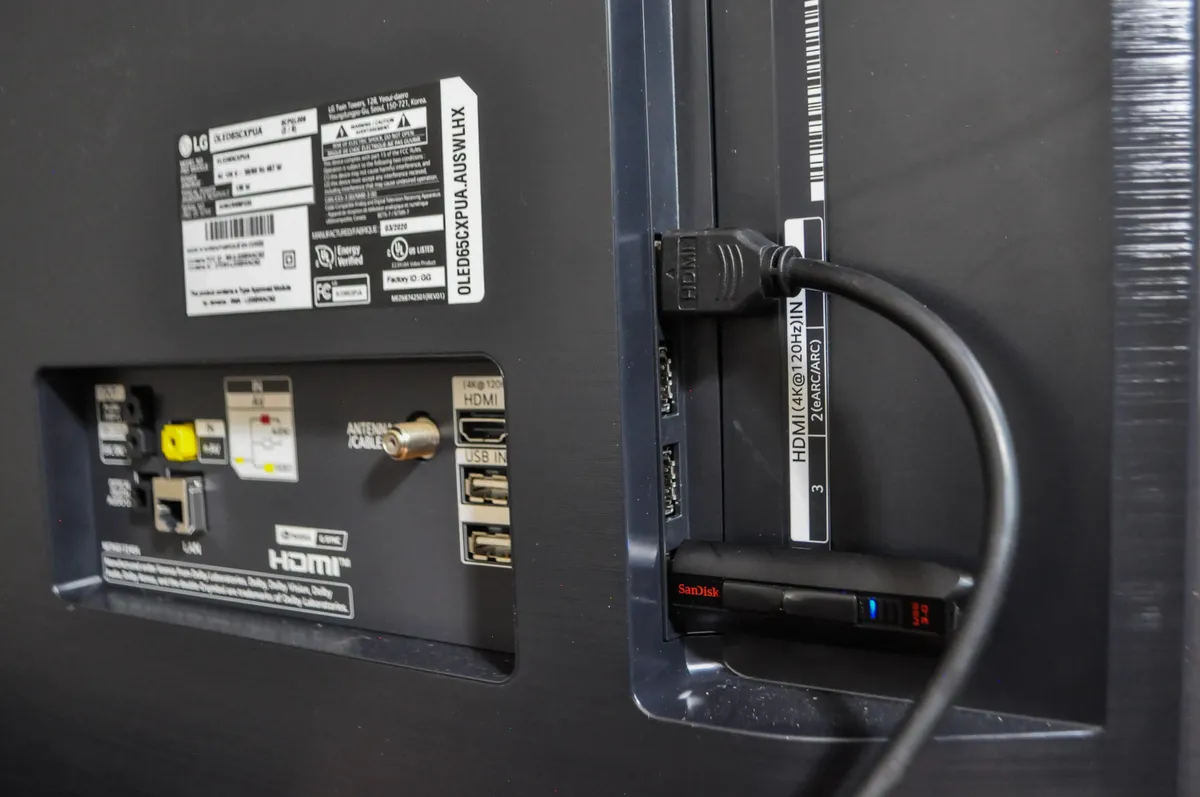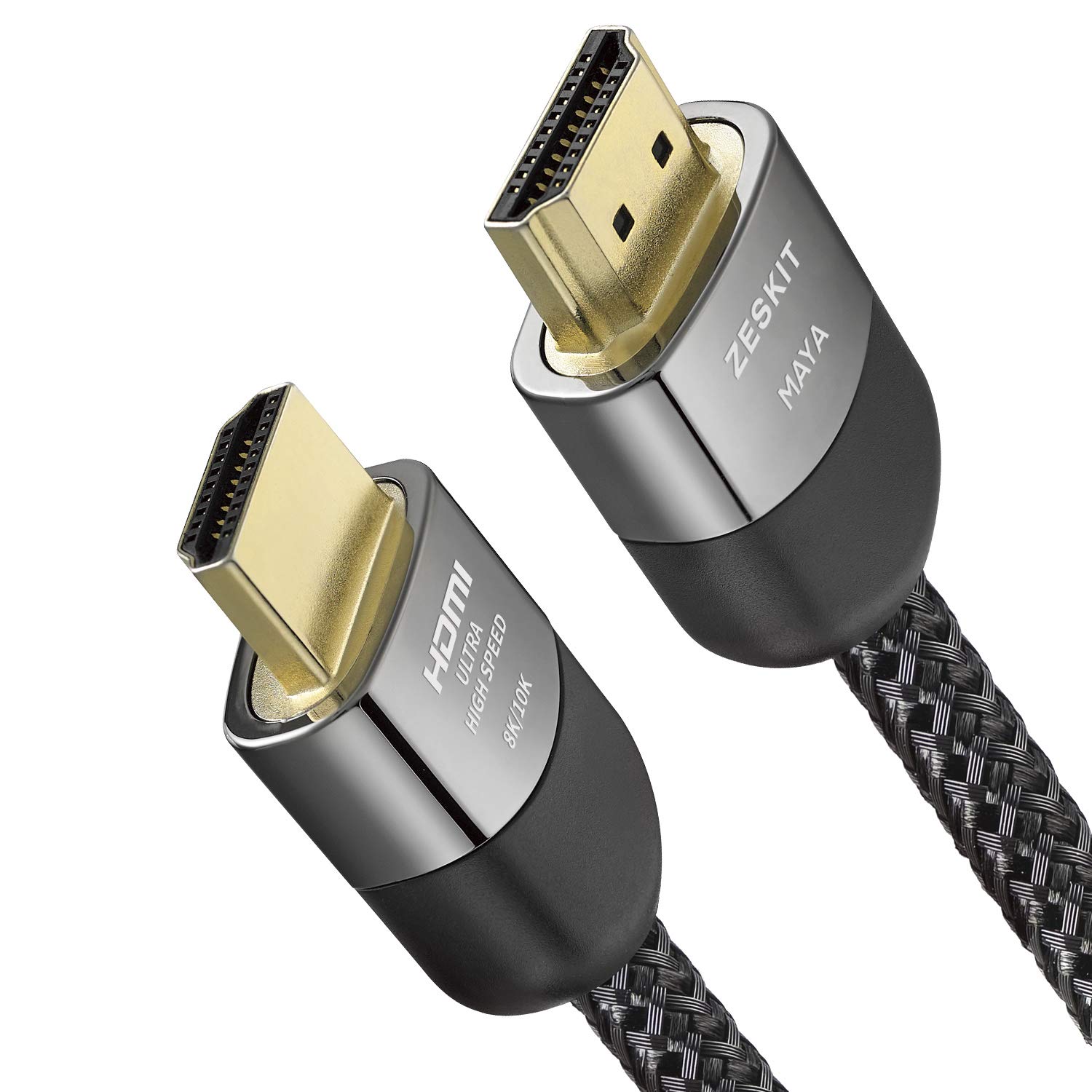Introduction
Switching between HDMI ports on your device is a common task that many people encounter when connecting different devices to their television or monitor. Whether you want to switch from HDMI 1 to HDMI 2 to connect a gaming console or switch from HDMI 2 to HDMI 1 to watch a movie on your Blu-ray player, it’s essential to understand how to navigate these ports.
High-Definition Multimedia Interface (HDMI) ports are a standard feature on most modern televisions, monitors, and AV receivers. These ports allow you to connect various devices, such as gaming consoles, Blu-ray players, streaming devices, and cable/satellite boxes, to your display.
Throughout this article, we’ll explore different methods to switch between HDMI ports and troubleshoot any issues that may arise during the process. Whether you’re a tech-savvy individual or a beginner, you’ll find useful information to make the transition effortless.
So, let’s dive in and uncover the best ways to switch from HDMI 1 to HDMI 2 or vice versa on your device.
Understanding HDMI ports
Before we delve into the process of switching between HDMI ports, it’s crucial to have a basic understanding of what HDMI ports are and their significance in the realm of audiovisual connectivity.
HDMI is a digital interface that carries high-quality audio and video signals between devices. It stands for High-Definition Multimedia Interface and has become the standard for transmitting high-definition content.
There are different versions of HDMI, such as HDMI 1.4, HDMI 2.0, and HDMI 2.1, each offering different capabilities and features. Newer versions typically support higher video resolutions, increased refresh rates, HDR (High Dynamic Range) content, and more advanced audio formats.
Another aspect to consider is the number of HDMI ports available on your device. You’ll typically find multiple HDMI ports on your television, monitor, or AV receiver, labeled as HDMI 1, HDMI 2, HDMI 3, etc. These ports allow you to connect various devices simultaneously, such as gaming consoles, media players, and set-top boxes.
Each HDMI port functions as an input, meaning you can connect different devices to different ports and switch between them to access the desired content. Understanding which HDMI port corresponds to your device is essential to ensure seamless connectivity.
Notably, some HDMI ports support additional features, such as ARC (Audio Return Channel) and CEC (Consumer Electronics Control). ARC enables audio to be transmitted from your TV back to your AV receiver through a single HDMI cable, simplifying your audio setup. CEC, on the other hand, allows you to control multiple devices connected via HDMI using a single remote control, reducing clutter and enhancing convenience.
By comprehending the basics of HDMI ports and their functionalities, you’ll be well-equipped to navigate through the process of switching between different HDMI ports on your device.
Locating the HDMI ports on your device
Before you can begin switching between HDMI ports, you need to locate the HDMI ports on your device. The exact placement of the HDMI ports may vary depending on the make and model of your device, so it’s important to familiarize yourself with their location.
On most televisions and monitors, the HDMI ports are typically found on the back or the sides. They are typically labeled as HDMI 1, HDMI 2, HDMI 3, and so on, to indicate the different available ports.
If you’re using an AV receiver, you can find the HDMI ports on the rear panel of the device. These ports are usually labeled in a similar fashion to the ones on televisions and monitors.
When searching for the HDMI ports, keep an eye out for other ports with similar dimensions and shapes. It’s easy to mistake other input ports, such as DisplayPort, DVI, or VGA ports, for HDMI ports. Make sure to look for the “HDMI” label next to the ports to differentiate them.
If you’re having trouble locating the HDMI ports, refer to the user manual or the manufacturer’s website for your specific device. They often provide diagrams or illustrations that highlight the exact location of the HDMI ports.
Once you’ve identified the HDMI ports on your device, you can move on to the next step of switching between them.
Switching from HDMI 1 to HDMI 2
Switching from HDMI 1 to HDMI 2, or vice versa, is a straightforward process once you know the steps involved. Here, we’ll outline the general method to switch between HDMI ports on your device.
- Start by ensuring that both the device connected to HDMI 1 and the one connected to HDMI 2 are powered on. This can be a gaming console, Blu-ray player, streaming device, or any other HDMI-enabled device.
- Using the remote control that came with your television or device, find the “Input” or “Source” button. This button is typically located at the top or on the side of the remote control.
- Press the “Input” or “Source” button to access the input selection menu on your television or monitor. This menu allows you to choose the HDMI port that you want to switch to.
- Use the arrow keys or the navigation buttons on your remote control to highlight and select the desired HDMI port. For example, if you want to switch to HDMI 2, highlight and select “HDMI 2” from the menu.
- Once you’ve selected the desired HDMI port, press the “OK” or “Enter” button on your remote control to confirm the selection.
- Your television or monitor will now switch from HDMI 1 to HDMI 2, and the content from the newly selected device will be displayed on the screen.
It’s important to note that the specific steps to switch between HDMI ports may differ slightly depending on your device’s brand and model. Some devices may have dedicated buttons on the remote control for each HDMI port, while others may require you to access the input selection menu in a different way.
If you’re unsure about the steps to switch HDMI ports on your device, refer to the user manual or the manufacturer’s website for detailed instructions tailored to your specific device.
Now that you know how to switch from HDMI 1 to HDMI 2, you can effortlessly navigate between different HDMI ports to enjoy your favorite content on various devices.
Using the remote control to switch HDMI ports
One of the most common methods to switch between HDMI ports on your device is by using the remote control that came with your television or monitor. This convenient approach allows you to seamlessly navigate through the different HDMI inputs without the need for any additional devices or cables.
- Ensure that all devices connected to the HDMI ports are powered on and ready to use.
- Locate the “Input” or “Source” button on your remote control. This button is typically labeled with an icon or text that indicates its purpose.
- Press the “Input” or “Source” button to open the input selection menu on your screen.
- Using the arrow keys or navigation buttons on your remote control, scroll through the available input options until you find the desired HDMI port. The options will be labeled as HDMI 1, HDMI 2, HDMI 3, and so on.
- Once you’ve highlighted the desired HDMI port, press the “OK” or “Enter” button on your remote control to select and switch to that HDMI port.
After following these steps, your television or monitor will switch to the selected HDMI port, and the content from the connected device will be displayed on the screen.
It’s important to note that the specific buttons and navigation methods on your remote control may vary depending on the brand and model of your device. While most remote controls have dedicated buttons for input selection, some may require you to navigate through menus using different buttons or even a touchpad.
If you’re unsure about the exact steps to switch HDMI ports using your remote control, refer to the user manual or the manufacturer’s website for detailed instructions specific to your device model. They will provide you with the necessary guidance to effortlessly switch between HDMI ports.
Using the remote control to switch HDMI ports offers a user-friendly way to access the content from different devices, allowing you to enjoy a seamless entertainment experience without the hassle of manually disconnecting and reconnecting cables.
Other methods to switch HDMI ports
While using the remote control is a common and convenient method to switch between HDMI ports, there are other ways to accomplish this task. Depending on your device and personal preferences, you may find one of these alternative methods more suitable for your needs.
- On-screen menu: Some televisions and monitors offer an on-screen menu that allows you to navigate and select different HDMI inputs. This method typically involves using the buttons on the television or monitor itself to access the menu and make the desired HDMI port selection. Check your device’s user manual or settings menu to find out if this option is available.
- Physical buttons: In addition to the remote control, many televisions and monitors have physical buttons on the device itself. These buttons may include an “Input” or “Source” button and directional arrows that allow you to scroll through the available HDMI ports. Pressing the appropriate buttons will enable you to switch between the ports without the need for the remote control.
- HDMI switch: If you frequently connect multiple devices to your television or monitor and find it cumbersome to manually switch between HDMI ports, you may consider using an HDMI switch. An HDMI switch is a device that allows you to connect multiple HDMI devices to a single HDMI port on your television or monitor. With the use of a dedicated remote control or buttons on the switch itself, you can easily toggle between different HDMI inputs.
- Smartphone or tablet app: Some manufacturers provide smartphone or tablet apps that can be used to control their televisions or monitors. These apps often offer the ability to switch between HDMI ports and perform other functions wirelessly. Check if your device has a compatible app available for download, and explore the features it provides.
These alternative methods offer flexibility and can be advantageous in specific situations. Whether you prefer using physical buttons, an on-screen menu, an HDMI switch, or a smartphone app, the goal is to simplify the process of switching between HDMI ports and enhance your user experience.
Choose the method that suits you best and enjoy the convenience of seamlessly accessing different devices connected to your television or monitor.
Troubleshooting common issues
While switching between HDMI ports is usually a straightforward process, there may be occasional issues that can disrupt the seamless experience. Here are some common problems that you may encounter when switching HDMI ports and troubleshooting steps to resolve them:
- No signal: If you switch to a different HDMI port and your screen displays a “No signal” message, ensure that the device connected to the selected HDMI port is powered on and functioning correctly. Check the cables, connections, and power supply of both your device and the television or monitor.
- Incorrect input: Sometimes, after switching to a different HDMI port, you may find that the selected input isn’t displaying the expected content. Double-check that you’ve connected the desired device to the corresponding HDMI port. It’s also worth verifying that the connected device is outputting a signal and functioning properly.
- Compatibility issues: Certain devices may have compatibility issues with specific HDMI ports or cables. If you encounter problems, try connecting the device to a different HDMI port or using a different HDMI cable. You can also check for firmware updates for your devices or consult the manufacturer’s support documentation for known compatibility issues.
- Cable problems: HDMI cables can sometimes become loose or damaged, resulting in intermittent or no signal. Ensure that the HDMI cable is securely connected to both the television or monitor and the connected device. If the cable appears to be damaged or worn out, consider replacing it with a new one.
- External interference: In some cases, external sources of interference, such as nearby electronic devices or strong electromagnetic fields, can disrupt the HDMI signal. Try moving any potential sources of interference away from your devices and see if the issue persists.
- Resetting devices: If all else fails and you’re still experiencing issues, try power cycling the devices. This involves turning off the television or monitor, unplugging it from the power source, and waiting a few minutes before plugging it back in and turning it on again. Also, restart the connected devices to ensure a fresh start.
If troubleshooting the above steps doesn’t resolve the issue, it’s advisable to consult the user manual or contact the manufacturer’s technical support for further assistance. They will have specific knowledge about your device and can provide guidance tailored to your situation.
By addressing common issues and taking the necessary troubleshooting steps, you can overcome any hurdles that may arise while switching between HDMI ports, ensuring a smooth and uninterrupted viewing experience.
Conclusion
In conclusion, understanding how to switch between HDMI ports on your device is essential for seamless connectivity and a hassle-free entertainment experience. HDMI ports serve as gateways to connect various devices, such as gaming consoles, Blu-ray players, and streaming devices, to your television or monitor.
By following the steps outlined in this guide, you can easily switch from HDMI 1 to HDMI 2 or vice versa using your remote control or other available methods. Understanding the location of the HDMI ports on your device, utilizing the remote control’s input selection menu, and exploring alternative methods like on-screen menus or HDMI switches will ensure effortless switching between HDMI ports.
Additionally, we covered common troubleshooting steps for resolving issues that might be encountered when switching HDMI ports. By addressing common problems such as “No signal” messages, incorrect inputs, compatibility issues, cable problems, and external interference, you can overcome technical hurdles and achieve a stable connection.
Remember to consult the user manual or contact technical support if you encounter persistent issues or require further assistance tailored to your specific device and situation.
Now that you’re equipped with the knowledge and troubleshooting know-how, you can confidently switch between HDMI ports on your device and enjoy seamless access to your favorite content from various devices.









